Home>Garden Essentials>How Many Years For A Crop Rotation Nematode
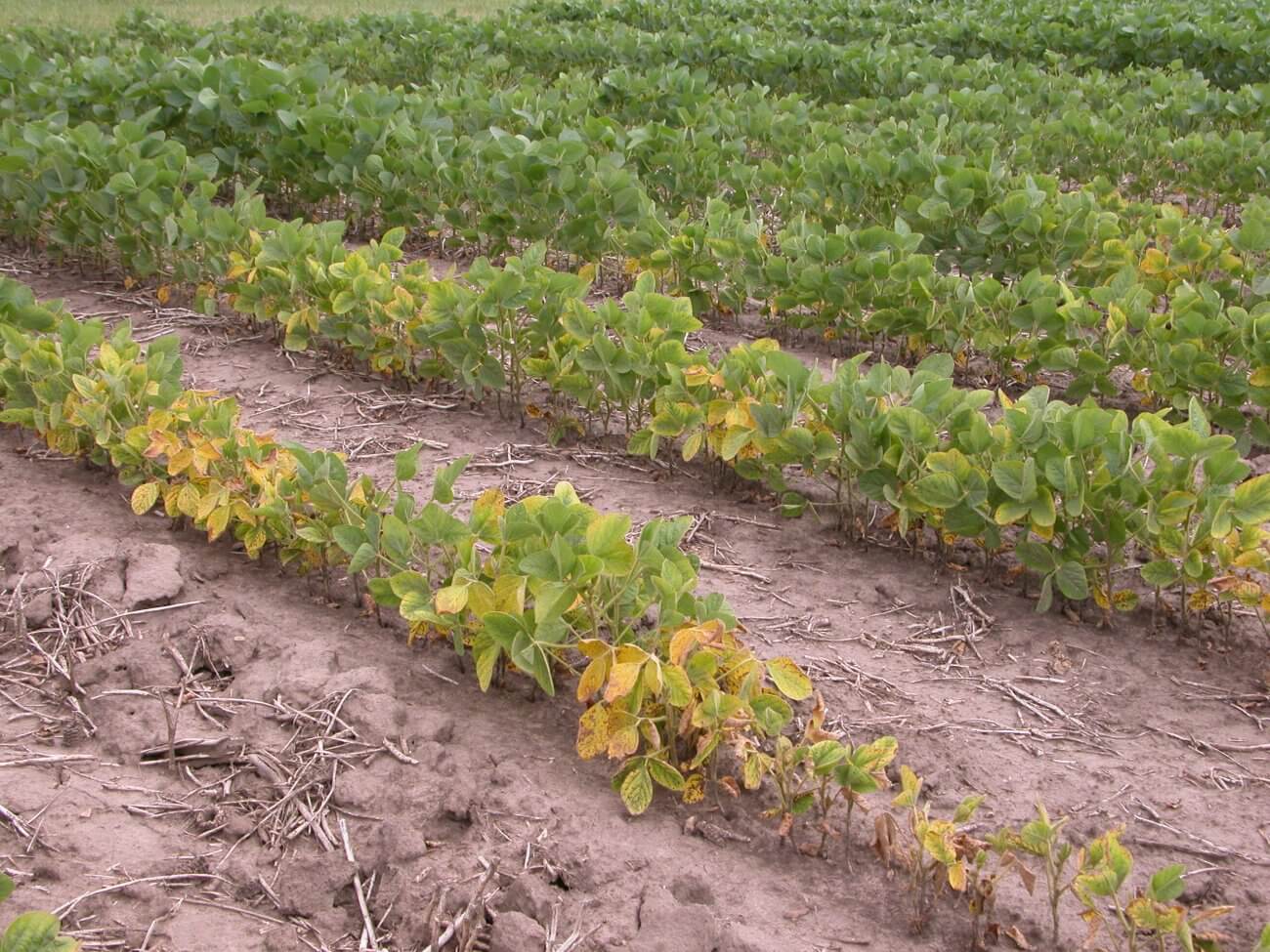

Garden Essentials
How Many Years For A Crop Rotation Nematode
Modified: March 16, 2024
Discover how long it takes for crop rotations to control nematode infestations in your garden. Learn the best strategies and timelines for effective nematode management.
(Many of the links in this article redirect to a specific reviewed product. Your purchase of these products through affiliate links helps to generate commission for Storables.com, at no extra cost. Learn more)
Introduction
When it comes to maintaining a healthy and productive garden, crop rotation is a crucial practice that should not be overlooked. By strategically changing the crops grown in a specific area year after year, gardeners can help break the life cycle of pests and diseases, promote soil health, and maximize yields. One common pest that can wreak havoc on crops is nematodes. These microscopic worms can cause extensive damage to plant roots, leading to stunted growth, reduced yields, and even crop failure.
In this article, we will delve into the world of crop rotation and focus specifically on the duration required for effectively managing nematode populations. By understanding the impact of nematodes on crop health and the factors that influence the duration of crop rotation for nematode control, you will be equipped with the knowledge to implement the most effective strategies in your garden.
So, what exactly are nematodes, and why are they such a concern for gardeners?
Key Takeaways:
- Crop rotation helps control nematodes by disrupting their life cycle and reducing their populations. It involves growing different crops in a specific sequence to minimize nematode damage and promote soil health.
- Factors like nematode species, infestation severity, and environmental conditions influence the duration of crop rotation for nematode control. Implementing diverse crop rotations and best practices can effectively manage nematode populations in the garden.
Understanding Crop Rotation
Crop rotation is an age-old farming practice that involves growing different crops in a specific sequence on the same piece of land. The purpose of crop rotation is to break the continuous cycle of growing the same crop year after year, which can lead to the buildup of pests, diseases, and nutrient imbalances in the soil.
By rotating crops, gardeners can disrupt the life cycle of pests and diseases, reduce the incidence of soil-borne pathogens, and improve the overall health of the soil. Additionally, different crops have varying nutrient requirements, and rotating them helps ensure the optimal use of nutrients in the soil by balancing their uptake and replenishment.
Crop rotation also plays a vital role in weed management. Some crops, known as cover crops, are specifically grown to suppress weeds by competing for light, space, and nutrients. By incorporating these cover crops into the rotation cycle, gardeners can naturally control weed populations and minimize the need for chemical herbicides.
Now that we have a basic understanding of crop rotation, let’s take a closer look at nematodes and their impact on crop health.
What are Nematodes?
Nematodes, also known as roundworms, are tiny, unsegmented worms that belong to the phylum Nematoda. They are some of the most abundant multicellular organisms on Earth, inhabiting diverse habitats such as soil, freshwater, and marine environments. While the majority of nematodes are harmless and even beneficial in ecosystems, there are a few species that can cause significant damage to plants.
Plant-parasitic nematodes are microscopic pests that feed on plant roots, impairing their ability to absorb water and nutrients. They can be found in nearly every garden and agricultural field, and their impact on crop health can be devastating. The most common types of plant-parasitic nematodes include root-knot nematodes, cyst nematodes, and lesion nematodes.
Root-knot nematodes (Meloidogyne spp.) are named for the distinctive “knots” or galls that they form on the roots of infected plants. These galls disrupt the flow of water and nutrients, leading to stunted growth, wilting, and reduced yields. Cyst nematodes (Heterodera spp. and Globodera spp.) are another major group that form cysts on the roots of their host plants. These cysts contain hundreds of eggs, which can survive in the soil for several years, increasing the nematode population over time. Lesion nematodes (Pratylenchus spp.) feed on the roots and cause lesions, weakening the plants and making them more susceptible to other diseases and stresses.
Nematodes are highly adaptable and can survive in soil, plant debris, and even on infected seedlings. They spread through movement of infested soil, contaminated tools, and infected plants. Once they establish themselves in a garden or field, they can persist for multiple growing seasons, causing recurring damage to crops.
Managing nematodes is essential for maintaining the health and productivity of your garden. One of the most effective strategies for nematode control is implementing crop rotation.
The Impact of Nematodes on Crop Health
Nematodes pose a significant threat to crop health, affecting a wide range of plants and causing substantial economic losses for farmers and gardeners alike. Their feeding activities on plant roots can have several detrimental effects:
Stunted Growth: Nematodes cause damage to the root system, inhibiting the plant’s ability to absorb water and nutrients. This leads to stunted growth, reduced vigor, and overall poor plant development.
Decreased Yield: As nematodes feed on the roots, the plants become weakened and are unable to reach their full potential. This leads to reduced yields and lower-quality produce.
Increased Susceptibility to Other Stresses: Nematode-infested plants are more vulnerable to other stresses such as drought, nutrient deficiencies, and diseases. Weakened root systems make plants less capable of withstanding these additional pressures, further compromising their health.
Disrupted Nutrient Uptake: Nematodes affect the root’s ability to efficiently absorb water and nutrients from the soil. This disruption can result in imbalances and deficiencies in essential nutrients, further impairing plant growth and development.
Spread of Diseases: Nematodes not only damage plant roots directly, but they can also act as vectors for certain plant diseases. They can carry pathogens from plant to plant, facilitating the spread of diseases and exacerbating the damage caused.
It’s important to note that the symptoms of nematode damage may vary depending on the type of nematode and the affected plant species. Some plants may show visible signs of wilting, discoloration, or galls on the roots, while others may exhibit more subtle growth abnormalities. Regular monitoring and understanding specific plant-nematode relationships are key to early detection and effective management.
Now that we understand the detrimental impact nematodes can have on crop health, let’s explore the factors that affect the duration of crop rotation for nematode control.
A typical crop rotation cycle to manage nematode populations is 3-4 years. This allows time for the nematode population to decline before the susceptible crop is planted again.
Factors Affecting Crop Rotation Duration for Nematode Control
The duration of crop rotation for nematode control can vary depending on several factors. These factors determine how long it takes for nematode populations to decline to manageable levels. Here are some key factors that influence the duration:
Specific Nematode Species: Different nematode species have varying life cycles and reproductive rates. Some nematodes, like the root-knot nematodes, have relatively short life cycles and can reproduce quickly. Others, such as cyst nematodes, have longer life cycles and slower reproduction rates. Understanding the specific nematode species present in your garden is important to determine the appropriate duration of crop rotation.
Severity of Nematode Infestation: The initial population density of nematodes in the soil plays a role in determining the duration of crop rotation. Higher infestation levels may require longer crop rotation periods to effectively reduce nematode populations. Regular soil testing and nematode population assessments can help gauge the severity of infestation and guide management decisions.
Nematode Host Range: Nematodes have specific host preferences, meaning they are more damaging to certain plant species. Some nematodes have a narrow host range and primarily affect a few specific crops, while others have a broader host range and can target a wide range of plants. If the nematode species infesting your garden has a broad host range, longer crop rotation durations may be necessary to break the nematode’s life cycle and prevent re-infestation.
Alternative Hosts and Weed Species: Nematodes may also inhabit and reproduce on alternative host plants and weeds that are present in or around the garden. These alternative hosts can serve as reservoirs for nematodes and contribute to the persistence of nematode populations. It is important to identify and manage these alternative hosts to effectively implement crop rotation for nematode control.
Environmental Factors: Environmental conditions such as temperature, moisture levels, and soil type can influence the rate of nematode population decline. Nematodes are more active and reproduce faster in warmer and moister conditions. Conversely, they are less active in extreme temperatures and dry conditions. Understanding the local climate and adapting crop rotation durations accordingly can optimize nematode control.
Crop Resistance and Tolerance: Some crop species exhibit natural resistance or tolerance to nematodes. Planting nematode-resistant or nematode-tolerant crop varieties can help mitigate the impact of nematode infestations. Integrating these resistant or tolerant crops into the rotation cycle can help suppress nematode populations over time.
It is important to consider these factors when determining the duration of crop rotation for nematode control in your garden. However, specific guidelines may vary depending on local conditions, nematode species, and plant host range. Consulting with local agricultural extension services or experts can provide valuable insights tailored to your specific region and situation.
Now, let’s move on to discussing the recommended crop rotation durations for nematode management.
Read more: What Was Crop Rotation?
Recommended Crop Rotation Durations for Nematode Management
The recommended duration of crop rotation for nematode management depends on various factors, including the nematode species, severity of infestation, host range, and environmental conditions. While specific guidelines may vary, here are some general recommendations to consider:
Short Duration Rotation: For nematodes with short life cycles and rapid reproduction rates, a shorter rotation period of one to two years is often recommended. This allows enough time to disrupt the nematode’s life cycle and reduce population numbers. However, keep in mind that shorter rotations may not be as effective for nematodes with an extensive host range or high initial population densities.
Medium Duration Rotation: A medium rotation period of two to three years is commonly suggested for nematode management. This duration provides more time for nematode populations to decline and allows for the incorporation of nematode-resistant or nematode-tolerant crop varieties into the rotation cycle. It also allows for better weed and disease management, further reducing the overall nematode pressure in the soil.
Long Duration Rotation: Nematodes with longer life cycles and slower reproduction rates may require longer rotation periods to effectively manage their populations. A long rotation period of three to five years or more can help break the nematode’s life cycle and minimize the risk of re-infestation. Longer rotations are especially critical for nematodes with a broad host range or high initial population densities.
It is worth noting that these recommended durations are general guidelines and should be adapted based on local conditions, nematode species, and specific crop requirements. Regular monitoring of nematode populations in the soil can provide insights into the effectiveness of the chosen rotation period and help make adjustments if necessary.
Implementing diverse crop rotations that include nematode-resistant or nematode-tolerant crop species is also crucial for effective nematode management. These resistant or tolerant crops help minimize nematode damage and break the nematode’s life cycle. Be sure to select crop species that are not favored hosts for the nematodes present in your garden.
Remember, crop rotation for nematode management is a long-term strategy that requires careful planning and monitoring. It is essential to maintain good soil health practices, including proper fertilization, irrigation management, and weed control, to support the success of crop rotation in minimizing nematode populations.
In the next section, we will explore some best practices for implementing crop rotation for nematode control.
Best Practices for Implementing Crop Rotation for Nematode Control
Implementing crop rotation for nematode control requires careful planning and adherence to best practices. Here are some key guidelines to follow:
1. Know your nematodes: Identify the specific nematode species present in your garden through soil testing or expert consultation. This knowledge will help determine the most effective crop rotation strategies and nematode-resistant/tolerant crop varieties to include in your rotation plan.
2. Diversify your crops: Choose a diverse range of crops for your rotation cycle. Include nematode-resistant or nematode-tolerant crops whenever possible, as these can help suppress nematode populations. Avoid planting the same crop or closely related crops from year to year, as this can increase the risk of nematode buildup.
3. Incorporate non-host crops: Include non-host crops in your rotation cycle. These are crops that are not favored by the nematodes present in your garden. By planting non-host crops, you can starve nematodes of their preferred food source and break their life cycle.
4. Utilize cover crops: Integrate cover crops into your rotation plan. Cover crops, such as marigold, rye, or sudangrass, help suppress nematode populations by either releasing compounds that repel nematodes or through physical root exudates that inhibit nematode growth. Choose cover crops that are known to have nematode-suppressive qualities and rotate them with cash crops.
5. Use resistant or tolerant crop varieties: Plant nematode-resistant or nematode-tolerant crop varieties whenever available. These varieties have been specifically bred or selected to withstand nematode attacks. They can help minimize nematode damage and prevent the buildup of nematode populations over time.
6. Practice good sanitation: Practice good sanitation measures to minimize the spread of nematodes. Clean tools and equipment thoroughly after working in infested areas to avoid transferring nematodes to clean areas. Remove and destroy any infected plant material to prevent nematodes from persisting in the garden.
7. Monitor and assess nematode populations: Regularly monitor nematode populations in the soil to assess their levels and the effectiveness of your rotation practices. Soil testing and nematode population counts can provide valuable insights and help guide management decisions.
8. Maintain soil health: Focus on maintaining healthy soil conditions through proper fertilization, irrigation management, and organic matter additions. Healthy soils support the growth of strong, resilient plants that are better able to withstand nematode attacks.
9. Rotate with non-crop alternatives: Consider incorporating non-crop alternatives into your rotation plan. This could include fallow periods, green manure crops, or even growing flowers or herbs in between cash crops. These non-crop alternatives can help break the nematode life cycle and reduce nematode populations.
By following these best practices, you can effectively implement crop rotation for nematode control and reduce the impact of nematode infestations in your garden. Remember, crop rotation is a long-term strategy, and it requires consistent implementation and monitoring to achieve optimal results.
Now, let’s wrap up the article.
Conclusion
Crop rotation is a powerful and essential tool for managing nematodes and maintaining a healthy garden. Understanding the impact of nematodes on crop health and implementing effective crop rotation strategies can significantly reduce nematode populations and minimize the damage they cause.
By diversifying the crops grown in your garden, incorporating nematode-resistant or nematode-tolerant varieties, and including non-host and cover crops in your rotation plan, you can disrupt the nematode life cycle and suppress their populations over time. Regular monitoring of nematode populations and adapting your rotation duration based on the specific nematode species, severity of infestation, and environmental conditions are key to achieving optimal results.
Remember to practice good sanitation measures, maintain soil health, and utilize non-crop alternatives to further enhance the effectiveness of your nematode management strategies. By implementing these best practices, you can create a balanced and resilient ecosystem in your garden, resulting in healthier plants, higher yields, and a more sustainable gardening approach.
Crop rotation is not a one-time solution but a long-term commitment. It requires careful planning, observation, and adaptation over multiple growing seasons. By incorporating crop rotation as a regular practice in your gardening routine, you can minimize the impact of nematodes and create a thriving garden for years to come.
So, remember to rotate your crops, stay vigilant, and take proactive steps to manage nematodes. With the right strategies in place, you can maintain a healthy garden, boost crop yields, and ensure the long-term success of your gardening endeavors.
Happy gardening!
Frequently Asked Questions about How Many Years For A Crop Rotation Nematode
Was this page helpful?
At Storables.com, we guarantee accurate and reliable information. Our content, validated by Expert Board Contributors, is crafted following stringent Editorial Policies. We're committed to providing you with well-researched, expert-backed insights for all your informational needs.
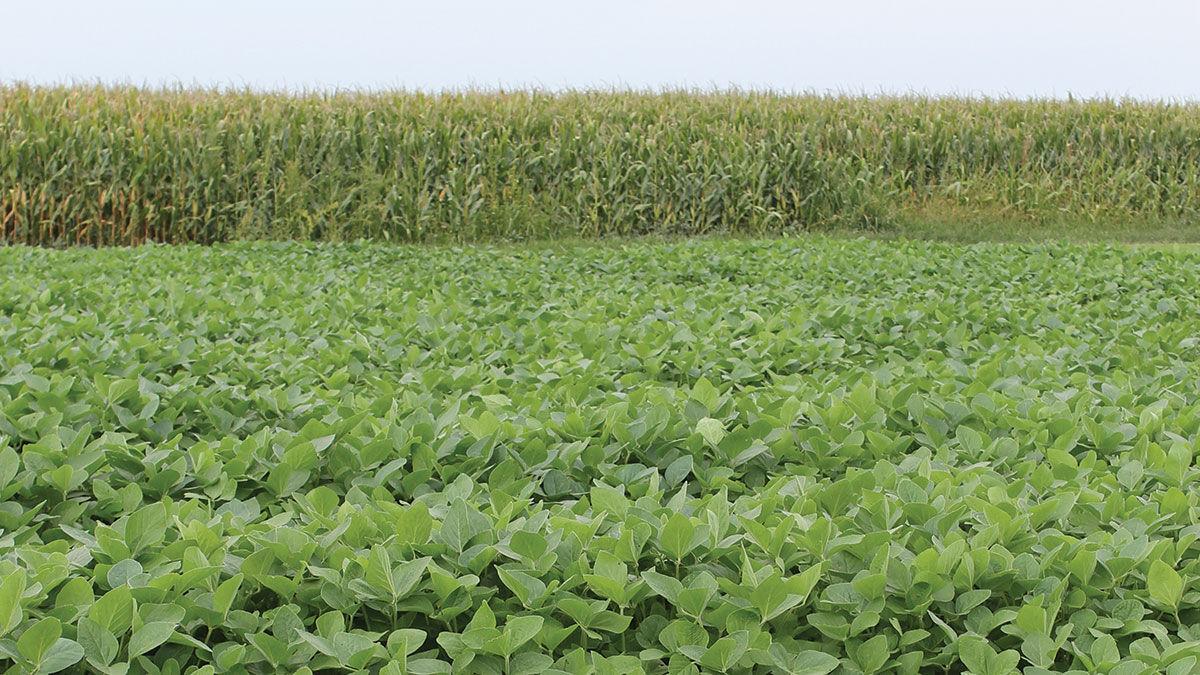


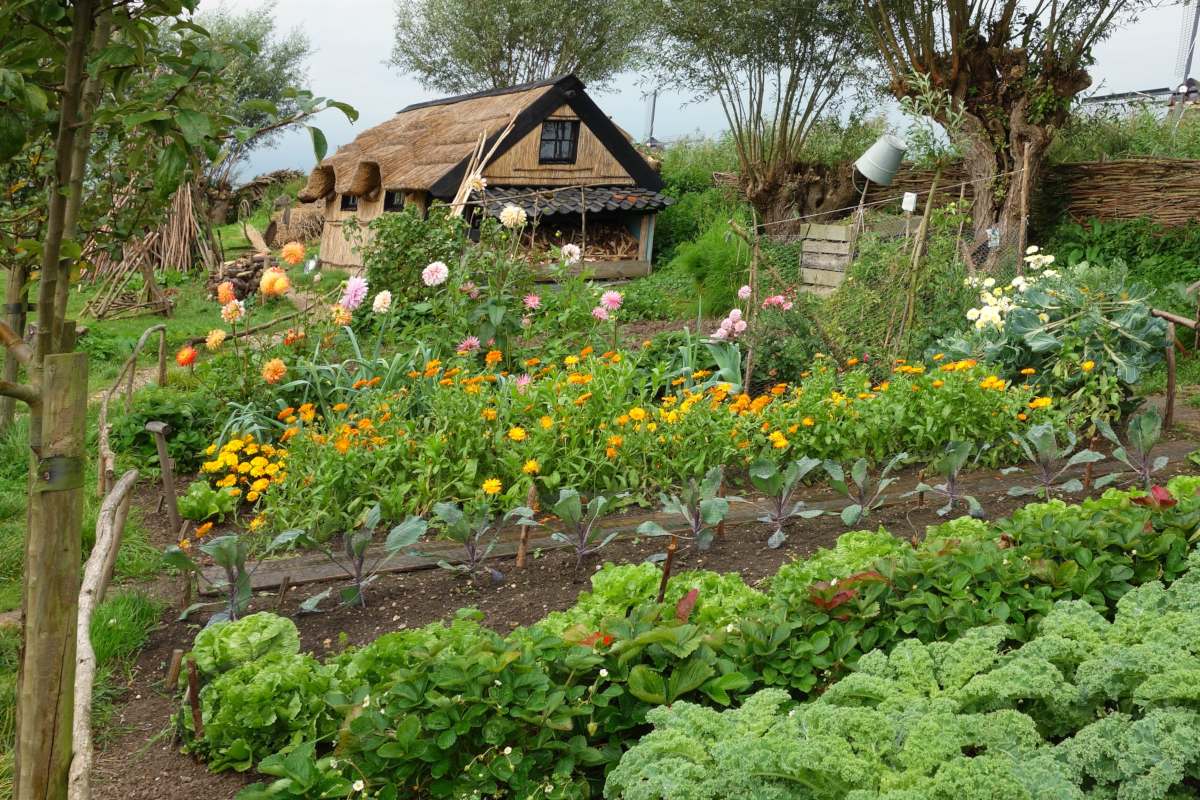


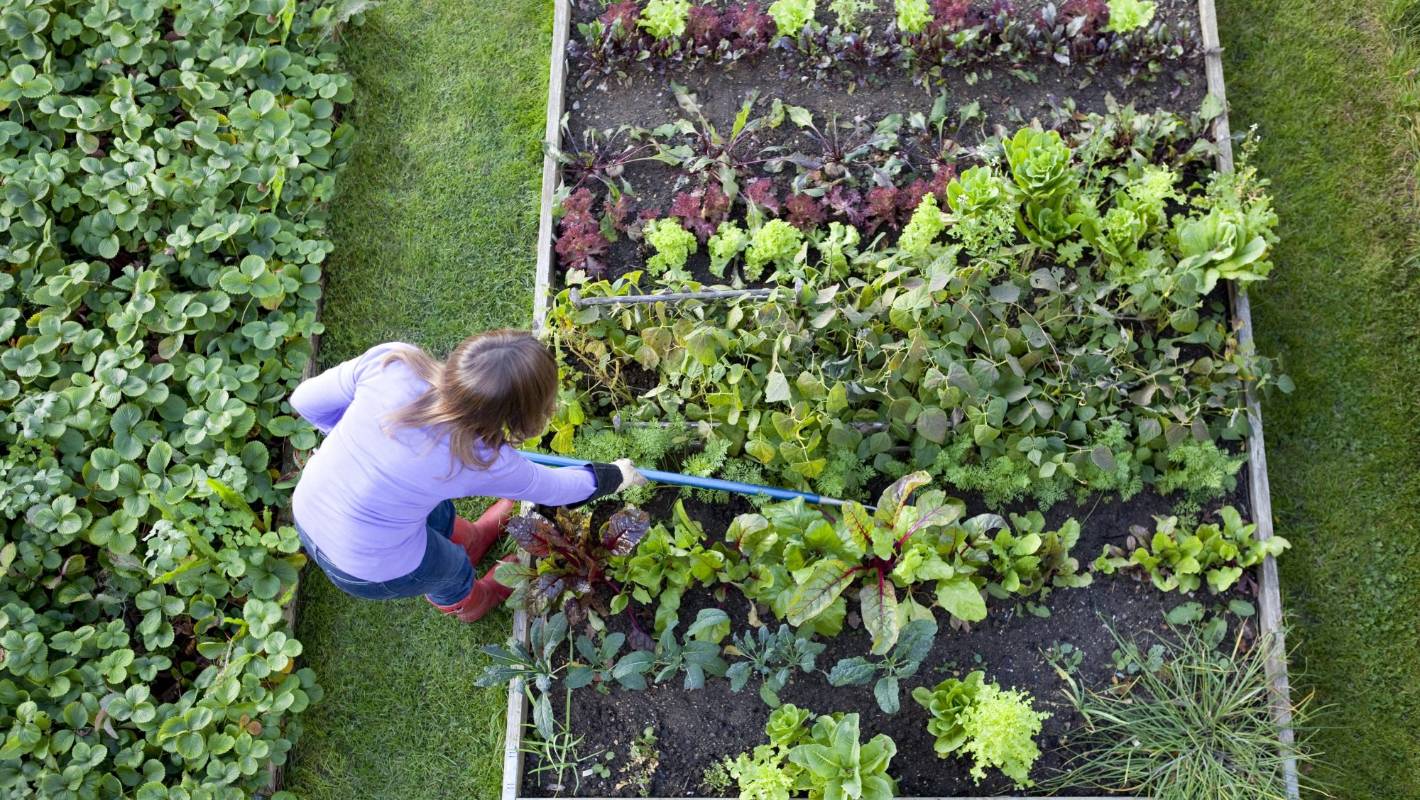
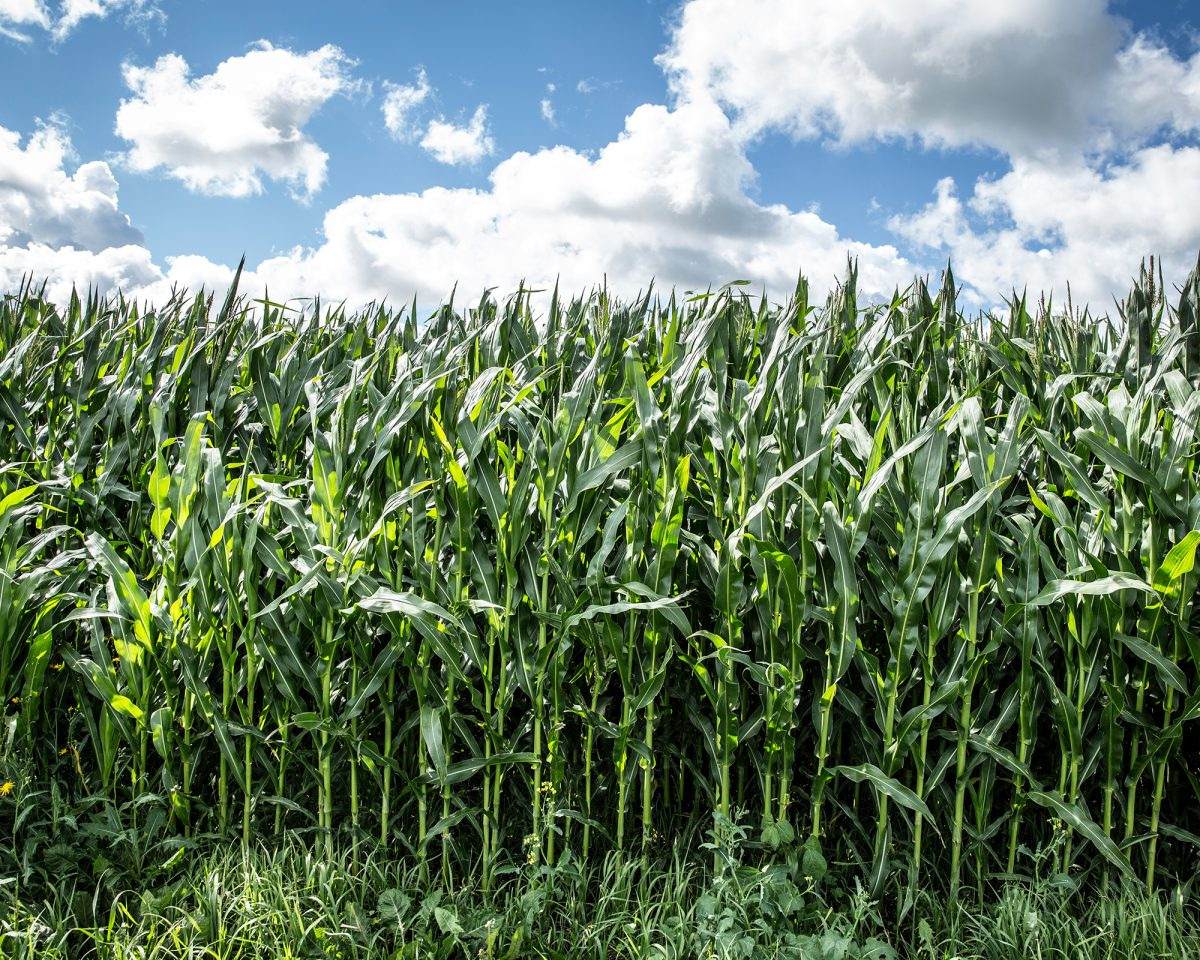
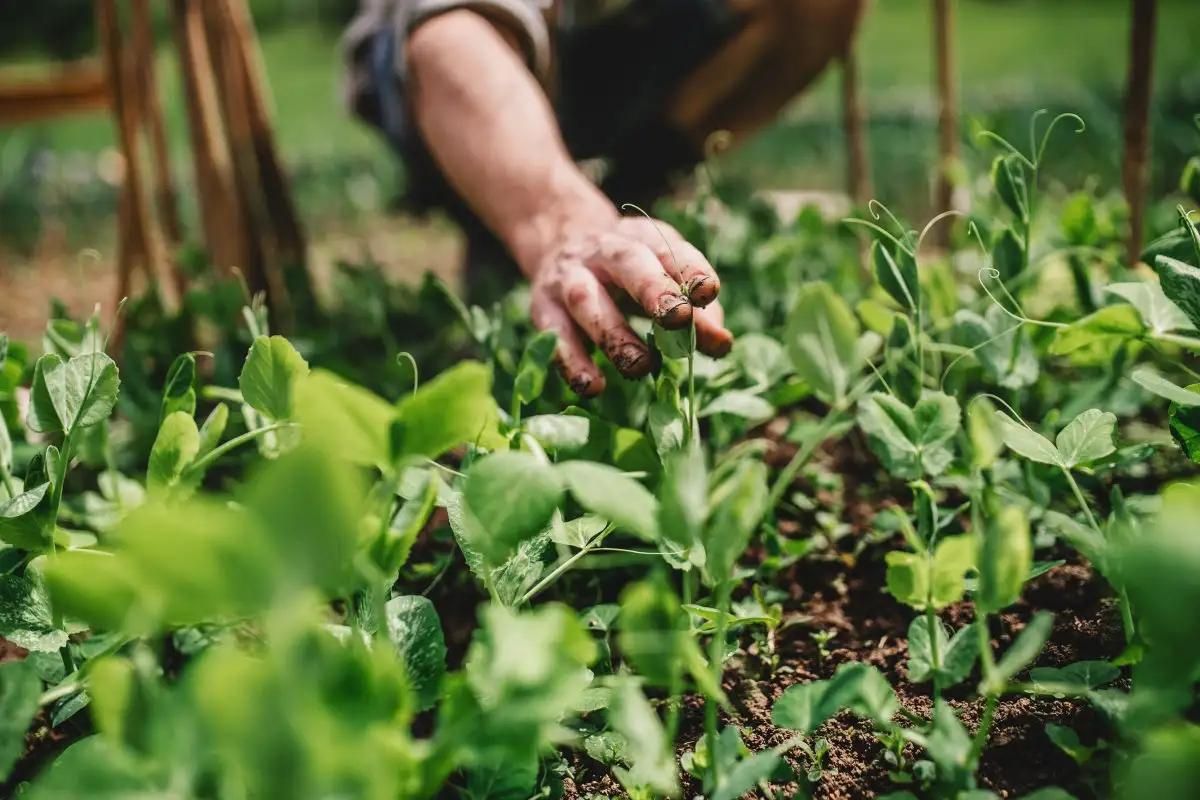

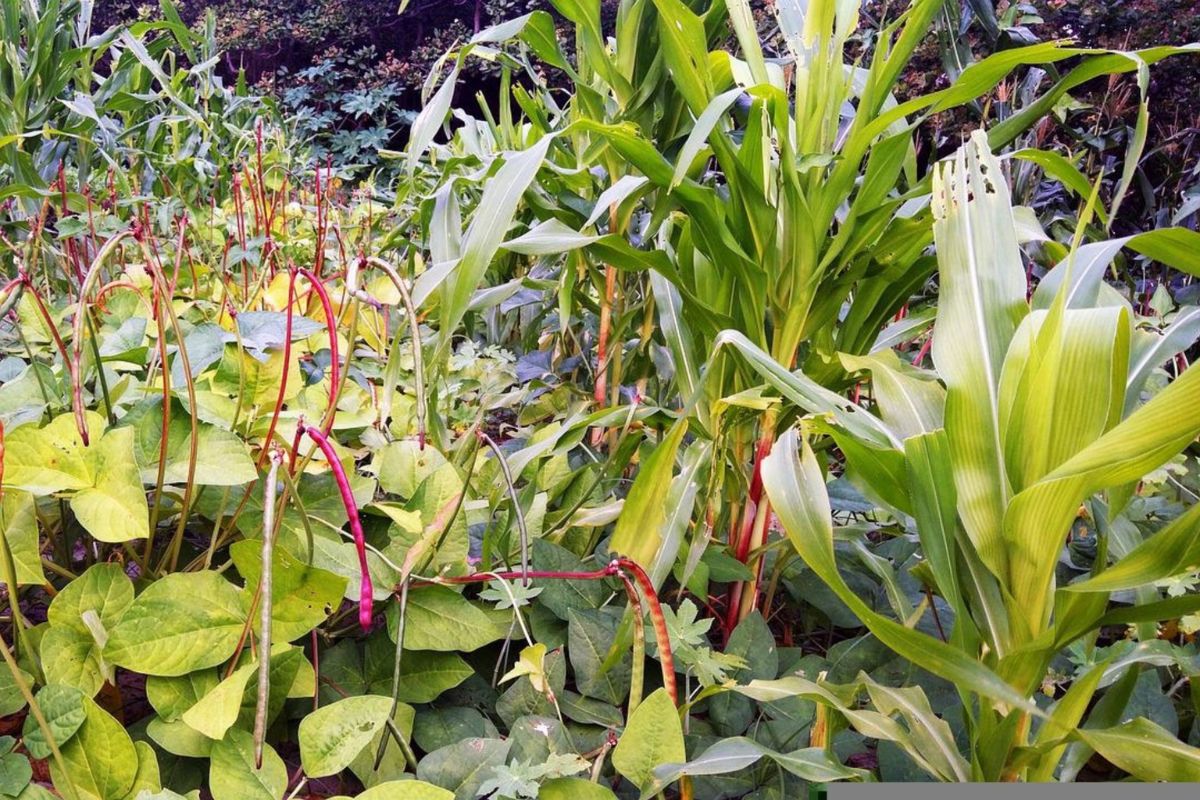
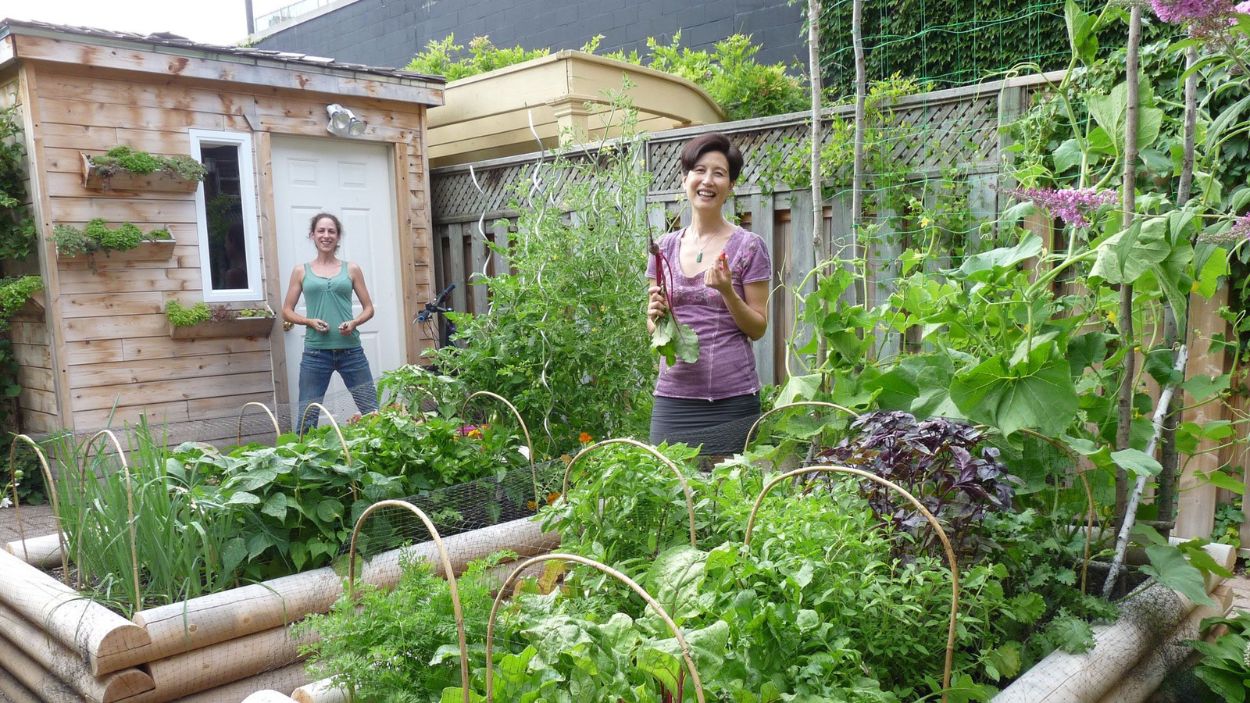
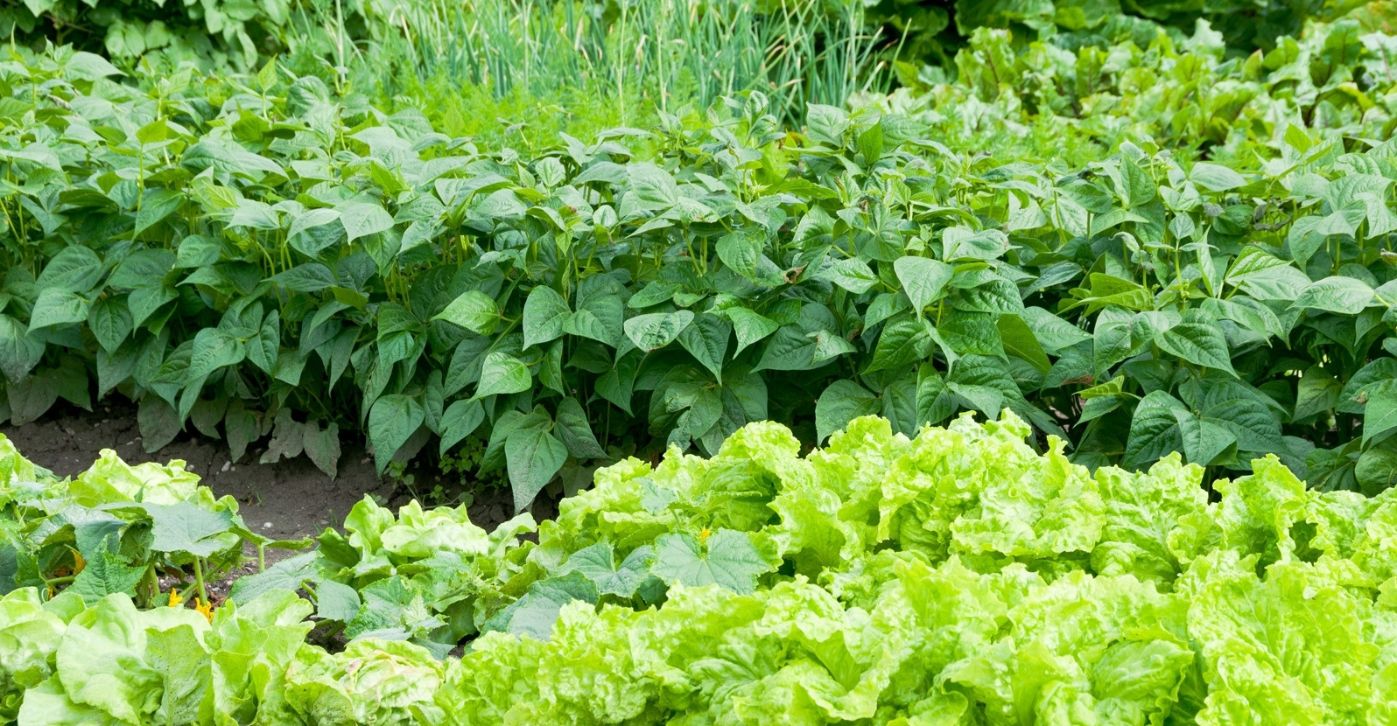


0 thoughts on “How Many Years For A Crop Rotation Nematode”